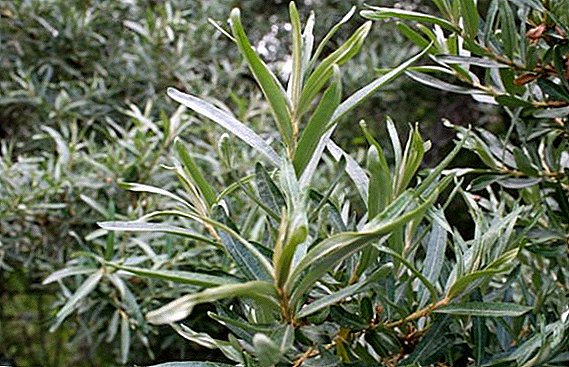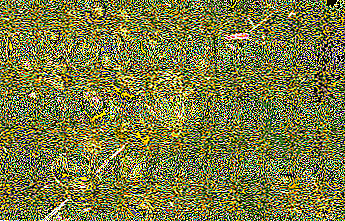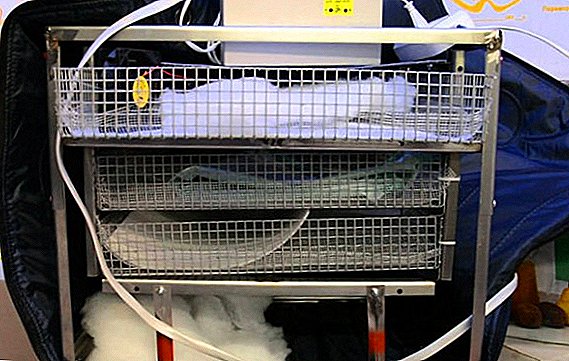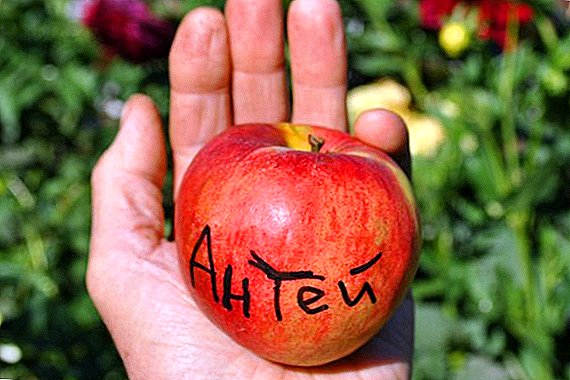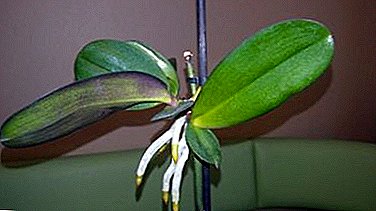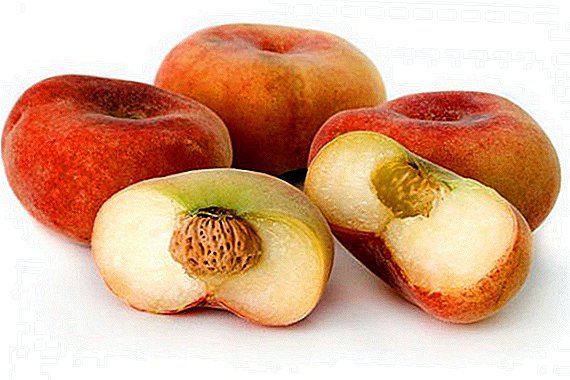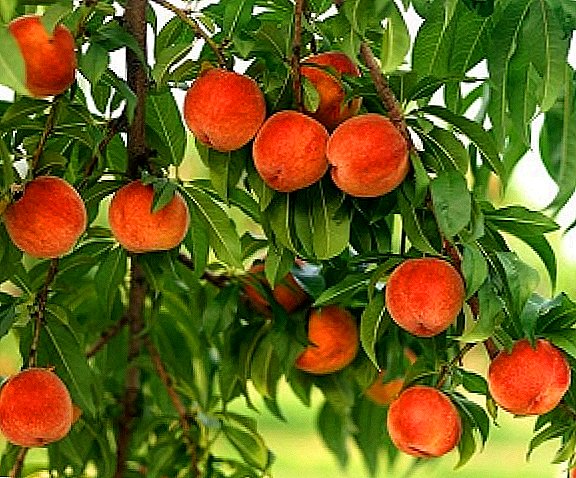
Do you want to grow a beautiful peach tree in your garden and collect tasty fruits every year?
Carefully read and take note of what we will tell you.
The main purpose of pruning all varieties of peach, as well as any other fruit tree, is to ensure the proper growth of fruit-bearing branches, as well as the growth of large and juicy fruits, evenly distributed throughout the crown structure of the tree.
And most importantly, giving the correct form to the crown of this wonderful plant.
How and when is best to cut a peach tree
Trimming scheme
Pruning aims to strengthen the peach tree, at the stage of its growth, sending its strength to the right gardener. Everything peach tree branches can be divided into the following types: growth, mixed, annual, bouquet, generative, branches-tops. The main part of the peach fruit is located on the bouquet of annual branches, but, in other matters, the generative branches have fruits, although in smaller quantities. Conditionally can be distinguished from the procedure of pruning seedlings and mature peach tree two main types of trimming:
One stage trimming - this is a form of peach care, as shortening. This type of pruning has as its goal the process of artificially regulating the fruiting of a tree by shortening, when pruning a certain part of the fruit-bearing branches, so that the main skeletal branches of the tree are not too bare. The result of this pruning is the stimulation of the formation of new shoots.
The second type of trimming - This is part of the sanitary care of the seedling, and it is referred to as thinning. Thinning is nothing like the removal of unnecessary parasitic branches of a tree. This is done in order to protect the tree from unnecessary waste of its forces. During this process, all branches that grow inside the crown and grow vertically are removed.

This is done during its growth, so that all the vital force of the tree contained in its sap is maximally aimed at achieving accelerated growth of the main fruit-bearing branches, and the tree yields high yields. In the process of this type of pruning, diseased and dry branches of the tree are also removed.
You also need to mention these two types of pruning as shaping pruning and anti-aging pruning. Forming pruning is used to help the tree in the formation of the "correct" cupped shape of its crown. BUT rejuvenating pruning, in turn, is aimed at rejuvenation, as a rule, already an adult tree.
Krona young tree forms in the first year of life. Before such pruning, you need to pre-measure the height of the trunk, which corresponds to half a meter from the site of inoculation to the first sufficiently developed branch, cut off in a ring all shoots are at a given length. After, you need to lay the first tier of tree branches, where there should be about 3-5 main skeletal branches, preferably arranged among themselves in a circle with a distance of 10-15 cm.
Further, a little (up to the uppermost side branch) is cut off that branch, which can be referred to as center conductor. The rest, left to form, are also shortened, shoots about 15 cm long - on the first external bud.
Anti-aging wood trimming is carried out by removal of fruit branches, the yield on which decreased. This purification provokes the tree to grow young, new branches with a large number of ovaries - flowers for future fruits. Thereby, creating a good illumination for all branches of the crown. In the process of anti-aging pruning, skeletal branches you need to shorten to the place where their age is 3-5 years, at the same time, they are cut off near the young shoots. These young shoots will form a further updated crown. By trimming the peach reach about 50 - 60 cm of its annual growth.
Pruning in the fall
The main task and purpose of circumcision in the fall peach tree is the possibility of carrying out sanitary care of the tree and the regulation of its ability to fruiting. This is achieved by shortening individual fruit-bearing branches.
Autumn is good because the climatic conditions make it possible for the peach tree to endure the pruning of its crown branches to be the least painless.
In this period there is a fading active phase of the tree growing season, and cutting at this time saves a peach from diseases and strong stresses. This leads to the concentration of the forces of the tree on protection from the winter cold, and subsequently, to the correct, even distribution of the ovaries of flowers on the fruit-bearing branches.
Autumn itself makes it possible to create a convenient time period for restoring the plant after cutting. Pruning itself is a stress for any tree, especially peach. This tree has an increased ability to form new branches, and, accordingly, has plentiful juice flow across the whole tree structure. Trimming, forcing the redistribute the flow of vital energy of the tree. This tree significantly spends its strength, which leads to a sharp decrease in yield.

Autumn pruning Peach fruit tree is usually recommended from the first of September. You can spend it almost down until October 15, but only after the end of the harvest. Provided a more or less warm autumn, it gives the peach time to move away from stress after pruning and recuperate.
Spring cropping
Pruning a peach tree in the spring has, as a rule, its primary goal - to form the crown of the tree of the correct form, often cup-shaped, which will provide uniform illumination of all branches and free access to them during the harvest. In addition, a well-formed peach crown gives easy access to all of its fruit bearing branches. And this allows for proper care of them.
The correct crown also ensures an even distribution of loads from sudden gusts of wind. The peach does not like this, because its branches tend to grow at acute angles, which makes the tree vulnerable to physical exertion. It is interesting to note that the peach pruning in spring has the strongest influence on the nature and uniformity of placement of future fruits. It is at this time already visible. swelling budswhich will further be the fruits of peach.
An important feature of the spring pruning of the peach tree is that it is always produced after the beginning of the growing season, and this is unacceptable when pruning other fruit tree species.

Spring pruning of the peach is done in a period of time that falls between the beginning of the growth (swelling) of the buds and the beginning of the flowering of the tree. This period of tree growth, as a rule, lasts about three weeks - this is March and the middle of April.
Pruning summer
In the summer, pruning of a peach tree is, as a rule, less frequent than in the fall or in the spring, and it is pursued for other purposes. The main reason for the rarer summer pruning as such, the tree accumulates a lot of useful substances during the year of its life during the active phase of the growing season. This happens in the leaves of the tree. And they are known to serve as a tree light. But only in summer, and not in another period, it is better to see the number of frostbitten branches in winter, which must be cut off.
In pruning in the summer, we take away from the tree a considerable part of his strength, which he so needs for good growth of the fruit. In the summer, as a rule, remove all shoots that grow in the middle of the crown. This significantly improves its illumination, which seriously affects the color of the fruit. By the summer pruning, to some extent, applies fruit thinning process. This is done when a bone begins to form in the fruit, which in most cases occurs after the process of natural dropping of a small part of the fruit after it is fastened.
A clear period of summer pruning and its timing, as a rule, is not distinguished. It takes place mostly in the first half of summer - this period falls on the beginning of June, and lasts until the first decade of July. The peach tree is prone to excessive fertility. And in the period of summer growth, it is convenient to peach a tree to get rid of excess fruits that overload it. This improves the quality and size of the remaining fruit.
It is also interesting to read about the features of spring pruning peach.
Instruments
It should be noted that the entire gardener's tool, which pruning garden trees, and peaches, too, should be absolutely serviceableand very sharply sharpened. This will save the gardener's hands from injury and will do the same to the tree. In addition, the entire working tool of the gardener, especially cutting, is necessary, without fail, periodically disinfect copper sulphatenot very strong alcohol solution, or manganese solution. This procedure will protect the tree from infection and the spread of various kinds of diseases, as well as fungi.

For safe pruning, the tool is necessary to sterilize. For high-quality sterilization, the cutting tool (preferably entirely) should be immersed in a disinfectant solution for a period of about 15 to 25 minutes and dried in air. Only after this preliminary procedure proceed to pruning. Disinfection of a gardener's tool should become a mandatory rule.
Consider the list of the working tool of the gardener, with which the manipulations are made in the process of cutting a tree. This includes pruner, pruner, garden saw, garden knife, scissors for wood. Any of these tools is required in the list of gardener's work tool.
For example, pruner - It is practically the main tool in the hands of a gardener when pruning a tree. It is intended for trimming tree branches, inclusive of branches 25 mm thick. It also makes it easy to make smooth cuts.
When choosing a pruner, you need to pay attention to the fact that the two edges cutting it when joining very closely mated to one another. It's all like a scissors - if the pruner cuts the paper, then it is suitable for comfortable work and will be the least traumatic for the tree. The working pruning blades should be as long as possible. This will allow you to comfortably reach the nooks of the tree crown.
Lopperin turn, is intended for similar purposes. But this tool has one design feature. These are rather long handles that serve as a physical lever when trimming thicker branches of a tree. This tool can be easily cut branches twice thicker than those that are able to overpower the shears. But do not often use such features of this tool, cutting off too thick branches. This significantly impairs cut quality, which affects wound healing and tree health in general.
Concerning working garden sawthen its main advantage is its ability to cope practically with a branch of any thickness, and even with a shtamb of an adult tree. The garden saw leaves behind itself a neat even cut without severe damage to the bark and residual burrs. Its working teeth are, as a rule, divorced by thickness, which is twice the thickness of the saw blade itself. This feature allows you not to clog the cut when working with sawdust saws, and does not allow the saw blade to wedge during its operation in a deep cut.

The main requirement for garden knife - this is the convenience of holding it in the hands and the quality of the steel of the working part itself. The ability of the garden knife to remain sharp enough for a long time and to do its job efficiently depends on it. Garden knife picked, as they say, by the hand. This means that the knife should be placed as comfortably as possible in the gardener's hand.
Gardening scissors also have features that you need to know. This includes their ability to cut at the same time several thin branches of a tree on the same level, as they cut the yard bushes. With a large amount of work in a heavily thickened crown, it is convenient.
Thus, the main requirements for cutting garden tools are: the tool must be safe during operation and transportation; necessarily sharpened; to withstand considerable effort; have comfortable handles and, if possible, be light enough.
Features
Peach tree is fastidious enough and compliance with favorable pruning periods, according to the lunar calendar, will facilitate this painful process for any plant. Therefore, it will not be superfluous to look into the gardener's lunar calendar before gardening.




